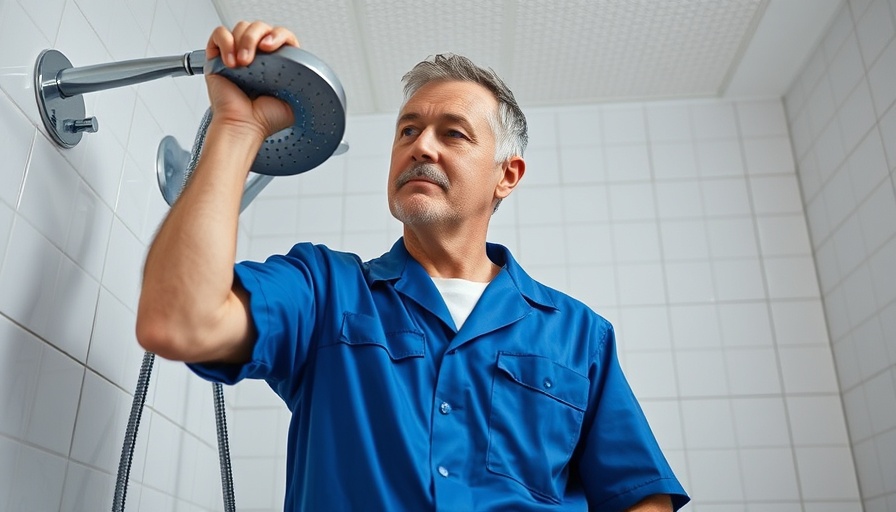
The Rising Cost of Bathroom Renovations: Understanding the Numbers
Bathroom upgrades are often seen as a delightful venture for homeowners looking to enhance their living spaces. However, recent developments in the plumbing industry, fueled by tariffs on steel, are creating a storm that will make these upgrades significantly more expensive. A Reddit post circulated by a construction company estimator has shed light on this issue, revealing that major plumbing brands like Delta Faucet Company and Kohler are planning price increases between 7.5% and 18% respectively this May. The underlying sentiment from contractors and customers alike is of disbelief and discontent at the pace of these price hikes.
What the Industry Experts Are Saying
Interior designer Alecia Taylor notes that suppliers are anticipating major price adjustments, saying, "It’s not just high-end fixtures; even basic plumbing components are being targeted." This sentiment is echoed by master plumber Aaron Adams, who has received numerous inquiries about how tariffs are affecting prices across various materials. He insists that while he will strive to absorb some of these costs, adjustments will inevitably have to be made. The fear of future increases looms large in the minds of both contractors and homeowners as they navigate uncertain waters.
The Tariff Landscape: A Challenging New Reality
The steel tariffs enacted under the current presidential administration are largely to blame for this spike in pricing. The U.S. relies heavily on imports from Canada, Mexico, and Brazil for its steel, and these tariffs are disrupting even the most established supply chains. Ferguson Enterprises, a leading plumbing distributor, commented on the volatility in pricing, stating that they immediately implement price increases from manufacturers as they come in. They stress the unpredictability of the market, with prices fluctuating significantly.
Impact on Households and Small Businesses
Perhaps the most concerning aspect of this situation is the impact on households, especially those in low to middle-income brackets. George Carrillo, CEO of the Hispanic Construction Council, highlighted how even small increases, like those affecting everyday fixtures, can strain budgets. Furthermore, contractors, especially small construction businesses, are facing severe challenges, as these rising costs erode their already thin profit margins.
The Long-Term Picture: A Shift in the Renovation Landscape?
This trend may indicate that we are on the cusp of a long-term shift in pricing within the home improvement industry. Economic policy changes that affect material costs signal a new reality for all involved in renovation tasks—homeowners, contractors, and manufacturers alike. As the construction landscape evolves, it becomes crucial to keep an eye on these trends, which could drastically change how we plan renovations in the coming months and years.
What Homeowners Can Do Moving Forward
While the current market predictions might feel discouraging, homeowners can take proactive steps in their renovation planning. It’s essential to budget more flexibly and explore alternative products that might not be as heavily impacted by tariffs. Establishing clear communication with contractors about costs and potential delays will also help ensure smoother project timelines.
As we continue to navigate this challenging economic landscape, awareness and adaptability will be vital. By understanding these changes today, homeowners can be better prepared for the renovation projects of tomorrow, avoiding surprises and ensuring they get the most from their investments.



Write A Comment